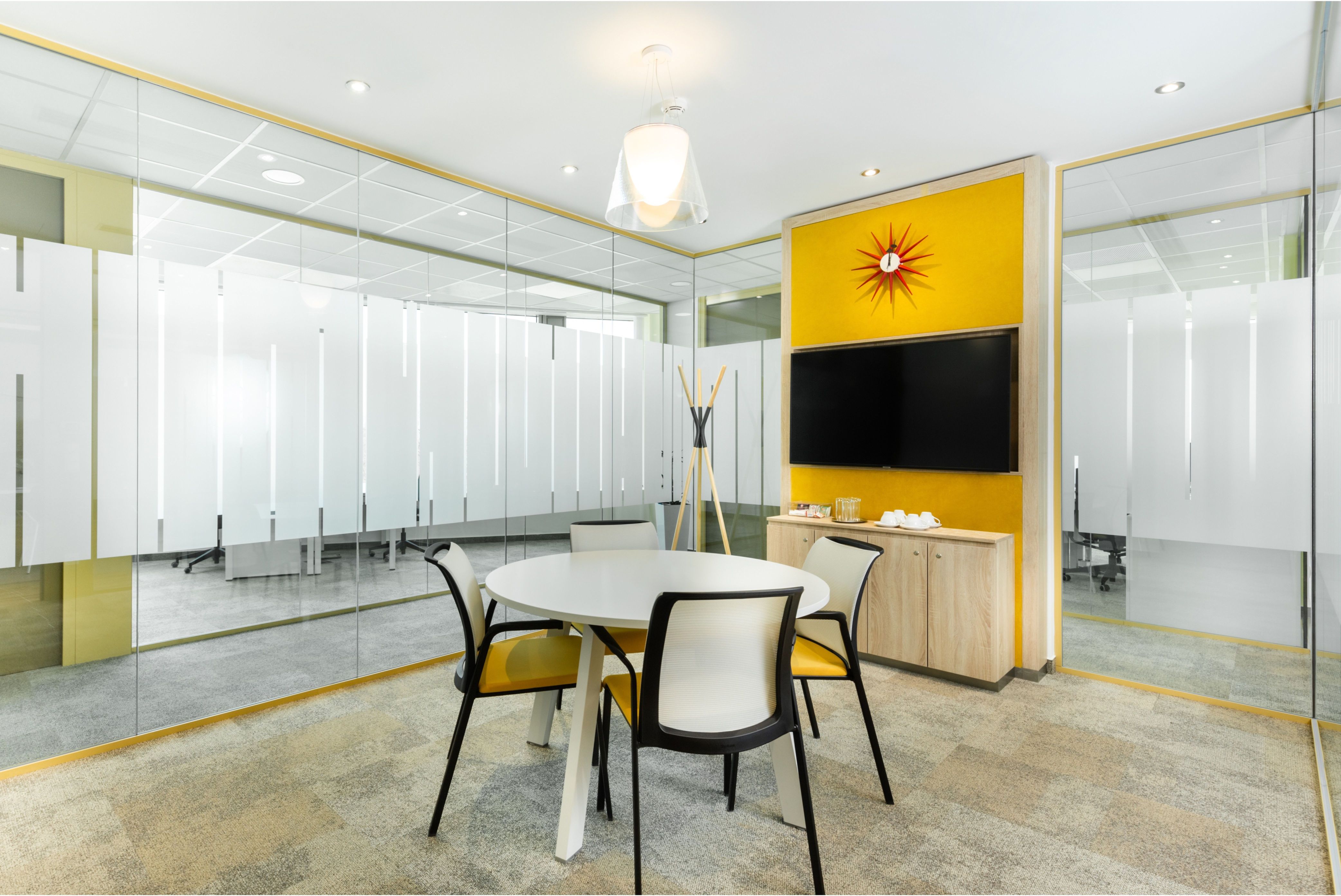Renewed Facade of Corvin Palace Unveiled for 1st Time

The restored Corvin Palace facade is unveiled.
A Hungarian private family developer is reconstructing a classical-style former department store building into what it says will be a modern retail, leisure and office complex called Corvin Palace.
The building was acquired by Corvin Palace Development from the German Tengelmann Group in the early 2000s. As part of its renovation and redevelopment, the original stone facade was unveiled at a ceremony in Blaha Lujza tér in District VIII, with the green plastic netting slowly lowered to the ground amid applause to give the first uninterrupted viewof the new-old frontage.
“It is neither a department store, since there will be a multitude of different stores, nor a shopping center, since most of the retail units will open to the street front. It is a mixed-use real estate property, a local plaza with an office complex,” commented Olivér Balogh, one of the owners of Corvin Palace.
The project is one of the limited number of new retail developments in the pipeline in Budapest in what is currently an uncertain market environment for the sector. What retail pipeline there is tends to be part of mixed-use complexes. At the same time, there is a development trend in the capital for the renovation and redevelopment of classic buildings into high-end office, hotel and retail complexes.
The 20,000 sqm Corvin Palace will provide 16,500 sqm of retail and office space on three levels in addition to rooftop restaurant and bar space. The retail component is scheduled to be delivered in the summer, and the 9,500 sqm office component is due to be completed in January, according to the development plans. The total investment will be around HUF 8 billion, with the project partially self-financed and partially funded by a loan from Raiffeisen Bank.
Surprisingly Modern
“The retail spaces are nearly 100% let; even in the online age, in such a central location as Blaha is, we still see a huge demand for retail spaces,” said Balogh. “While the building was built nearly 100 years ago, it is surprisingly modern in terms of its floorplan. It allows for huge, fantastic open office spaces, which suit the needs of many companies looking for spaces right now. It has its 100-year-old charm combined with modern technology and occupier-friendly office spaces,” he added.
Also speaking at the event, Budapest Mayor Gergely Karácsony emphasized the connection between the heritage of the city and urban renewal in the redevelopment of the building. The Corvin Áruház (department store), designed by the architect Zoltán Reiss, opened on March 1, 1926, and was the first building in Budapest to be equipped with an escalator.
It was severely damaged during fighting in the 1956 Revolution and was left in a derelict state until an aluminum facade was added in 1967, and it was then known as the “aluminum box.” This has been removed, with the original classic stone facade restored as a central part of the restoration of the building.
“We have installed the most up-to-date heat pump systems in the building; we have changed all the doors and windows to the most modern ones; we are installing solar panels to the roof of Corvin Palace; but I think the most sustainable feature of the building still lies in its construction: instead of demolishing the previous building, we saved all that we could, and used the least amount of materials to renovate the building, and created something that allows all the services that a cutting edge 21st-century office might need,” Balogh explained.
“There has been no environmental certification consultancy (yet) involved in the Corvin Palace project, although I strongly believe that such projects are showcasing best how sustainability could be integrated into a new project,” noted Zsombor Barta, the former president and now ambassador of the Hungarian Green Building Council.
“This includes the re-use of structures, re-use of materials, protection of architectural heritage, re-use of the entire building, revitalizing with a new and updated building the urban structure and space. Overall, this building would be a good case for sustainability accreditations as well,” Barta added.
This article was first published in the Budapest Business Journal print issue of June 16, 2023.
SUPPORT THE BUDAPEST BUSINESS JOURNAL
Producing journalism that is worthy of the name is a costly business. For 27 years, the publishers, editors and reporters of the Budapest Business Journal have striven to bring you business news that works, information that you can trust, that is factual, accurate and presented without fear or favor.
Newspaper organizations across the globe have struggled to find a business model that allows them to continue to excel, without compromising their ability to perform. Most recently, some have experimented with the idea of involving their most important stakeholders, their readers.
We would like to offer that same opportunity to our readers. We would like to invite you to help us deliver the quality business journalism you require. Hit our Support the BBJ button and you can choose the how much and how often you send us your contributions.










